If you loved the critically acclaimed and astonishing film Parasite—directed by Bong Joon-ho—and you’re looking for more great Korean artistry to scratch that itch, look no further than the incredible books in translation coming out of South Korea right now… Support our news coverage by subscribing to our Kindle Nation Daily Digest. Joining is free right now!
by Han Kang
Kindle price: $12.99
Before the nightmares began, Yeong-hye and her husband lived an ordinary, controlled life. But the dreams—invasive images of blood and brutality—torture her, driving Yeong-hye to purge her mind and renounce eating meat altogether. It’s a small act of independence, but it interrupts her marriage and sets into motion an increasingly grotesque chain of events at home. As her husband, her brother-in-law and sister each fight to reassert their control, Yeong-hye obsessively defends the choice that’s become sacred to her. Soon their attempts turn desperate, subjecting first her mind, and then her body, to ever more intrusive and perverse violations, sending Yeong-hye spiraling into a dangerous, bizarre estrangement, not only from those closest to her, but also from herself.
* * *
by Kyung-Sook Shin
Kindle price: $12.99
When sixty-nine-year-old So-nyo is separated from her husband among the crowds of the Seoul subway station, her family begins a desperate search to find her. Yet as long-held secrets and private sorrows begin to reveal themselves, they are forced to wonder: how well did they actually know the woman they called Mom?
Told through the piercing voices and urgent perspectives of a daughter, son, husband, and mother, Please Look After Mom is at once an authentic picture of contemporary life in Korea and a universal story of family love.
* * *
![The Hen Who Dreamed She Could Fly: A Novel by [Hwang, Sun-mi]](https://images-na.ssl-images-amazon.com/images/I/419KSbVPwuL.jpg) The Hen Who Dreamed She Could Fly: A Novel
The Hen Who Dreamed She Could Fly: A Novel
by Sun-mi Hwang
Kindle price: $4.99
This is the story of a hen named Sprout. No longer content to lay eggs on command, only to have them carted off to the market, she glimpses her future every morning through the barn doors, where the other animals roam free, and comes up with a plan to escape into the wild—and to hatch an egg of her own.
An anthem for freedom, individuality and motherhood featuring a plucky, spirited heroine who rebels against the tradition-bound world of the barnyard, The Hen Who Dreamed She Could Fly is a novel of universal resonance that also opens a window on Korea, where it has captivated millions of readers. And with its array of animal characters—the hen, the duck, the rooster, the dog, the weasel—it calls to mind such classics in English as Animal Farm and Charlotte’s Web.

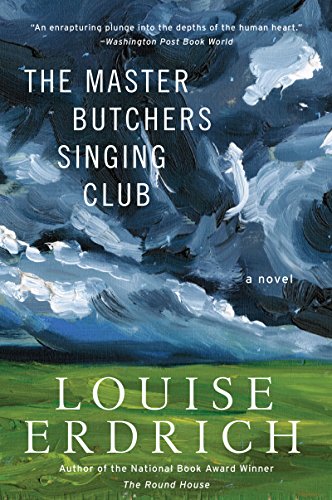
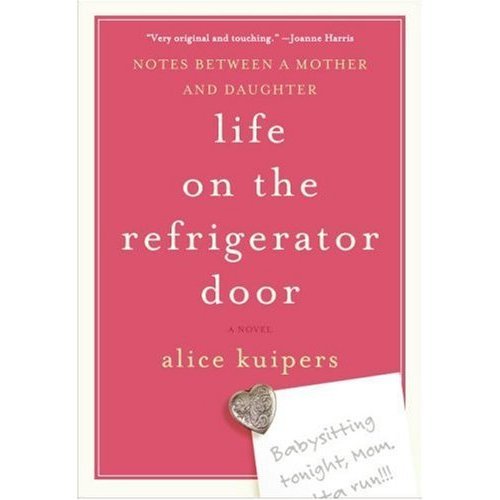
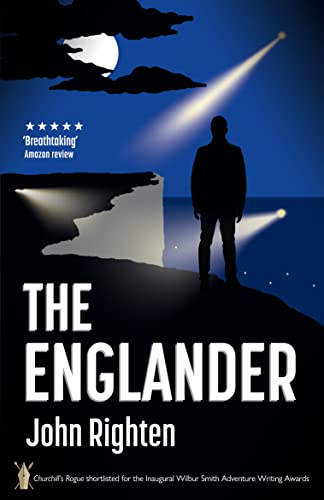

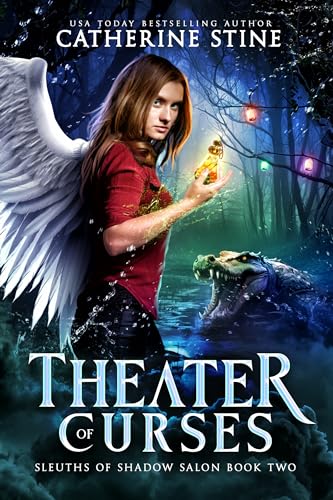

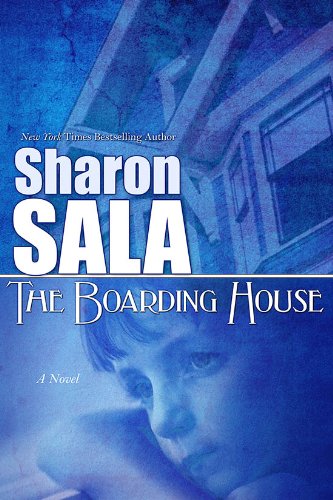

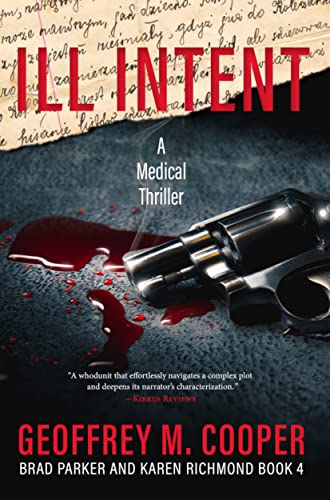
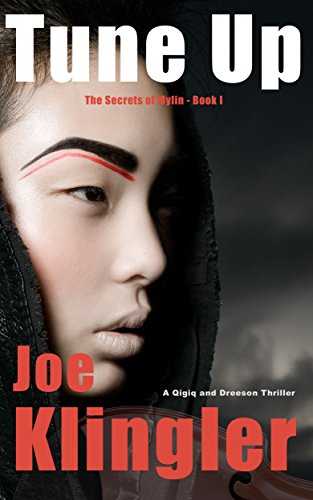
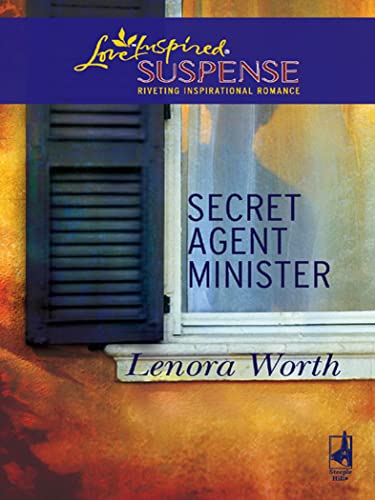
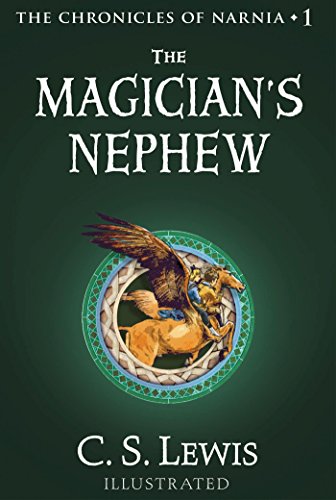

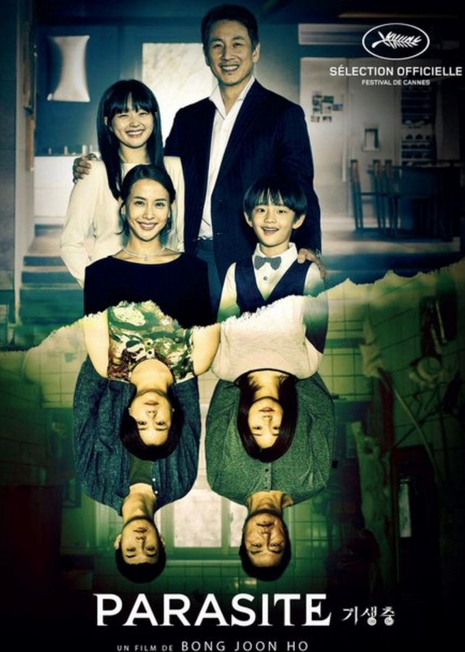
![The Vegetarian: A Novel by [Kang, Han]](https://images-na.ssl-images-amazon.com/images/I/41%2BMVoxpTIL.jpg)
![Please Look After Mom by [Shin, Kyung-Sook]](https://images-na.ssl-images-amazon.com/images/I/51fkgbCTS7L.jpg)
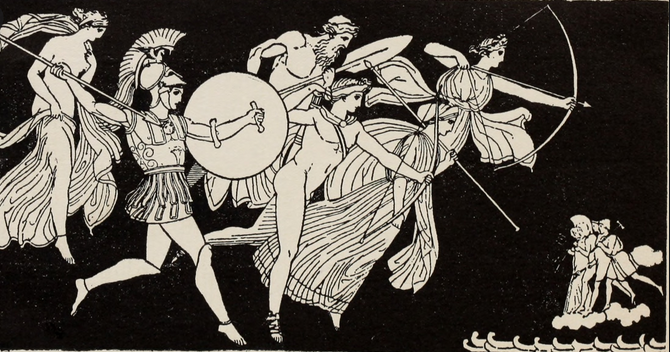
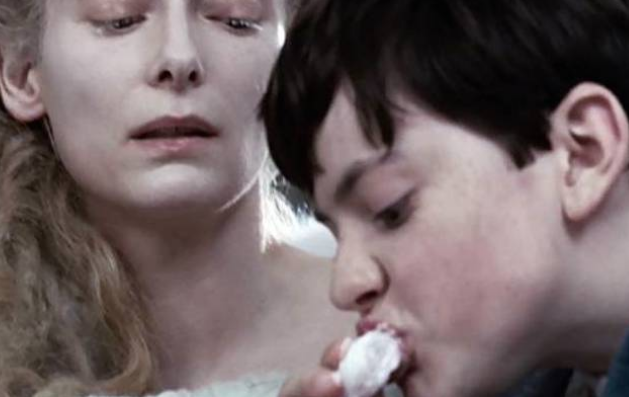

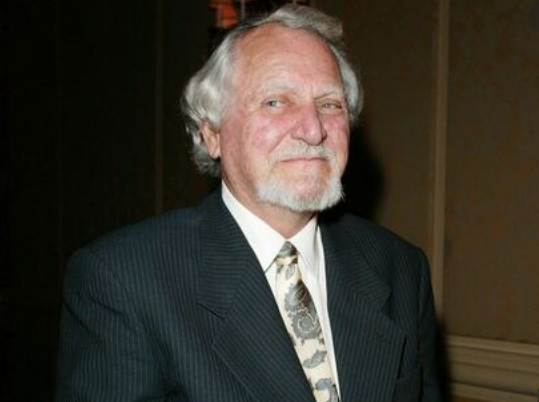
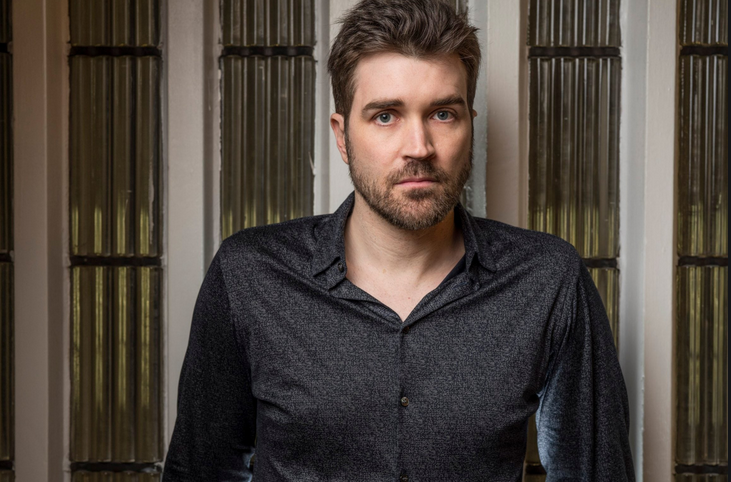
![Their Eyes Were Watching God: A Novel by [Hurston, Zora Neale]](https://images-na.ssl-images-amazon.com/images/I/61zxp7HmG4L.jpg)
![For colored girls who have considered suicide/When the rainbow is enuf by [Shange, Ntozake]](https://images-na.ssl-images-amazon.com/images/I/51F9uj57sWL.jpg)
![I Know Why the Caged Bird Sings by [Angelou, Maya]](https://images-na.ssl-images-amazon.com/images/I/519putcu%2BlL.jpg)
![Double Love (Sweet Valley High #1) by [Pascal, Francine]](https://images-na.ssl-images-amazon.com/images/I/51kRbtpi3kL.jpg) “
“![Are You There God? It's Me, Margaret by [Blume, Judy]](https://images-na.ssl-images-amazon.com/images/I/51wHZVoAuML.jpg)